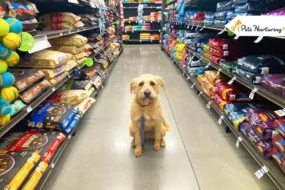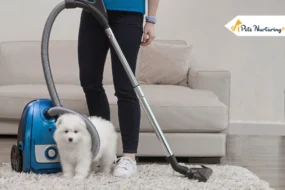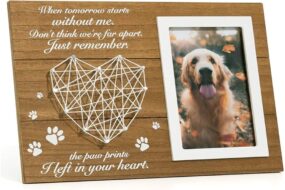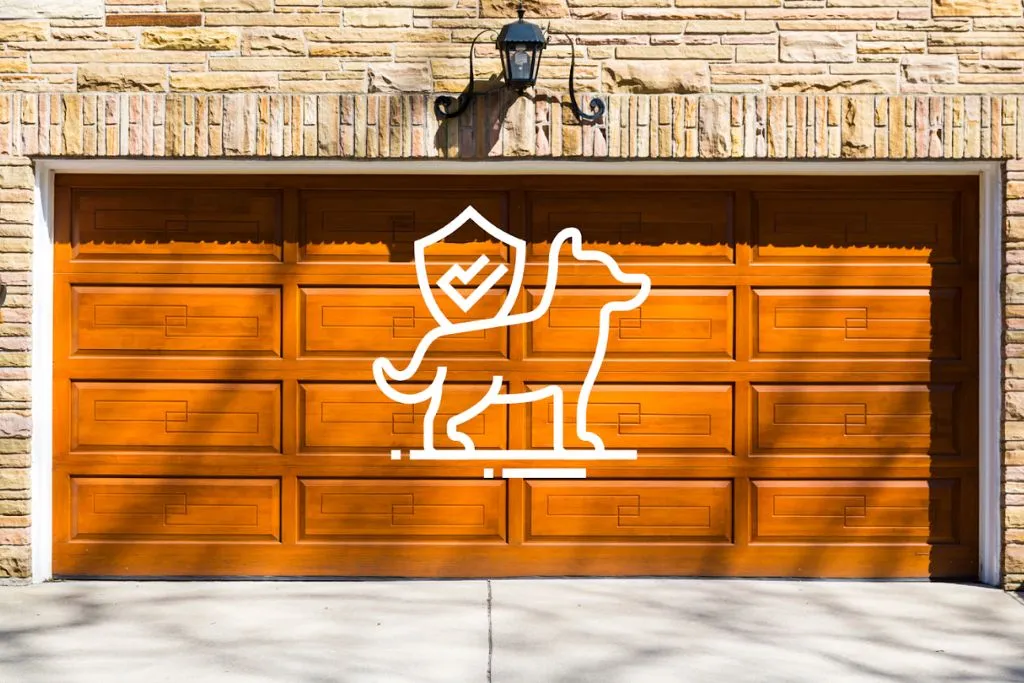
Garage Door Hazards
Although many homeowners consider garage doors secure, they could still be highly hazardous to pets. Thousands of pets are wounded by garage doors each year.
Choosing Pet-Safe Doors
Why Pet Owners Should Choose Pet-Safe Garage Doors? Safety concerns for pets with garage doors, avoiding injuries and accidents, and preventing pet escape are three essential aspects of pet owners choosing pet-safe garage doors.
Recognizing Dangers
First and foremost, what dangers do garage doors pose to pets? They may not recognize that quick-moving panels and tiny areas may result in accidents risking their lives. Pets or people may become seriously hurt when a pet is caught in the door.
Pets do not know about the risks of playing on an operating garage door. To prevent such potentially damaging scenarios, it is necessary to install an auto-reverse mechanism and motion-sensor garage doors.
Safety Measures
Assure that button sections and remotes are inaccessible to pets since you do not want the door to be reversed for no reason. Finally, make sure that your safety systems are in functioning order by receiving regular upkeep.
They will reassure you that they are secure even when you are not home. Pet owners unsure what pet-safe garage doors they should purchase in the future, follow these steps.
Training and Awareness
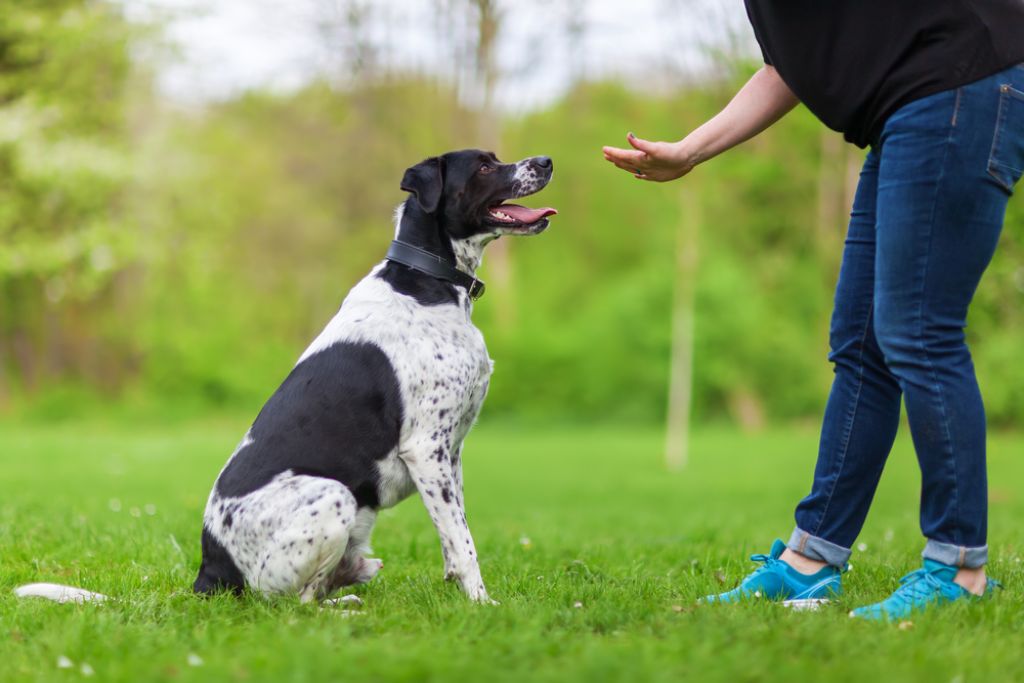
Positive reinforcement techniques may be used to train pets to avoid the garage door area. Furthermore, all family members should be informed about the potential dangers of the garage door opener, and its use near pets should be emphasized.
Preventing Escapes
Keep pets from escaping. Install tough locks on the garage door, and consider adding a secondary barrier, such as a pet gate or screen door, to prevent your pets from slipping out. Check for any gaps or weaknesses in your garage door system that could enable your pets to escape, and repair them as soon as possible.
In addition, command your pets and make sure they obey so they are less likely to attempt to escape through the garage door when it is propped open.
Pet-Friendly Features
Experts from Garage Door Repair Edmonton suggest Choosing a pet-safe garage door with chew-resistant materials for your furry buddies. Also, insulation is essential for securing the temperature around the garage door.
Chew-Resistant Materials
Select a durable and resistant material to construct the garage door. As a garage owner looking for a pet-friendly deed, this is crucial if you want your garage door to last longer. This type of material offers resistance to pests originating from the pet and prevents your garage door from getting destroyed.
Safety Sensors
Garage door safety sensors play a critical role in detecting potential harm to pets and limiting it. This device detects objects obstructing the garage door’s path and prevents it from closing when pets are on the line.
It works by using infrared beams that create an invisible wall that can sense whether an object or pet crosses it. This causes the garage door to stop and reverse.
Pet Safety and Garage Doors
Although many homeowners consider garage doors secure, they could still be extremely hazardous for pets. Thousands of pets are wounded by garage doors each year.
Why Choose Pet-Safe Doors?
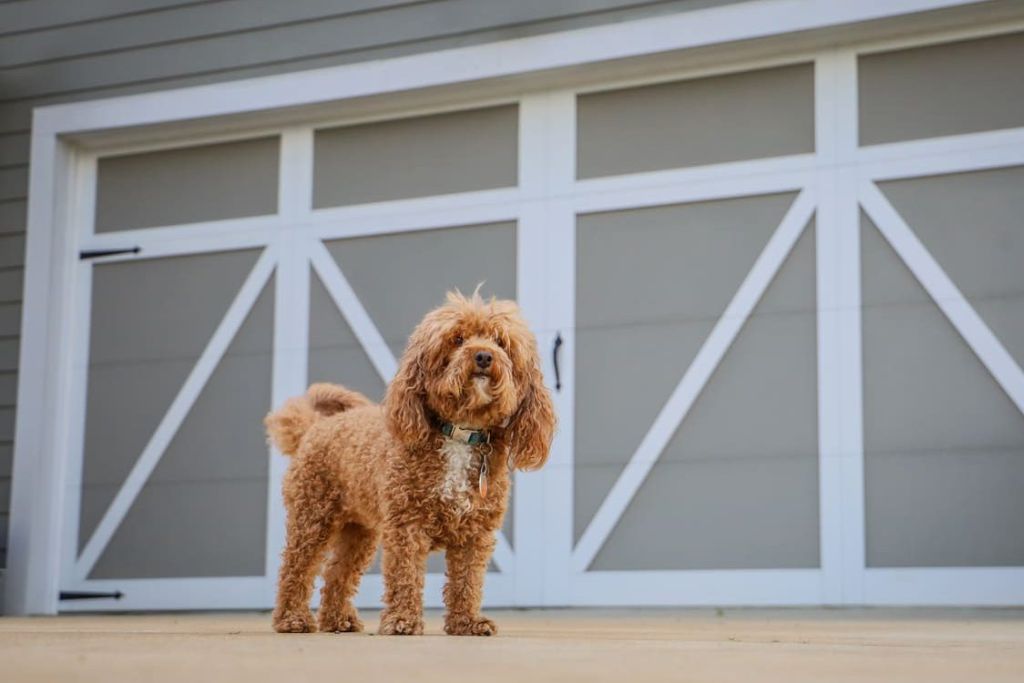
Safety concerns for pets with garage doors, avoiding injuries and accidents, and preventing pet escape are three essential aspects of pet owners choosing pet-safe garage doors.
Dangers to Pets
First and foremost, what dangers do garage doors pose to pets? They may not recognize that quick-moving panels and tiny areas may result in accidents, risking their lives. Pets or people may become seriously hurt when a pet is caught in the door.
Pets do not know about the risks of playing on an operating garage door. To prevent such potentially damaging scenarios, it is necessary to install an auto-reverse mechanism and motion-sensor garage doors.
Remote Accessibility
Also, ensure that button sections and remotes are inaccessible to pets since you do not want the door to reverse for no reason. Finally, make sure that your safety systems are in functioning order by receiving regular upkeep. They will reassure you that they are secure even when you are not home.
Training and Reinforcement
Positive reinforcement techniques may be used to train pets to avoid the garage door area. Furthermore, all family members should be informed about the potential dangers of the garage door opener and its use near pets should be emphasized.
Preventing Pet Escapes
Keep pets from escaping Install tough locks on the garage door and consider adding a secondary barrier, such as a pet gate or screen door, to prevent your pets from slipping out. Check for any gaps or weaknesses in your garage door system that could enable your pets to escape, and repair them as soon as possible.
Pet Behavior Consideration
It is crucial to consider the size of the pet as well as its behavior. Some pets are big while some are small, and in case the pets are large, it is paramount to get a door that has a high clearance.
On the other hand, for small pets, it is challenging as they can hardly operate it, making the doors they can easily use. Pets that are high-strung or have a lot of energy might need a garage door that allows them to see outside to forestall potential flight attempts.
Certifications and Standards
Look for certifications and standards. First, it is necessary to view certifications, labels, and standards that verify the product’s safety for the pet. As for the aforementioned topic, one must look for certification labels such as the one stipulated by UL 325 or others; it proves that the garage door opener complies with the industry’s safety norms.
Especially consider SafePet seal doors or doors marked with other pet-friendly signs, which confirm the product has been tested to ensure the pet’s safety near garage doors. This way, one ensures that the product to be purchased prioritizes a person’s pet’s well-being.
Durability and Construction
One must consider the pet safety garage door’s overall durability and construction, putting it at first sight. View products based on sturdy materials such as steel or aluminum, allowing the door to withstand any upcoming impacts or damages from pets and other hazards.
Ensure the door has reinforced panels and heavy-duty hardware to eliminate any potential damage resulting from daily use or time. Additionally, view an example of a weather-stripped feature that offers protection from environmental elements and guarantees durable insulation that maintains a proper temperature inside the garage.
Best Maintenance Practices
Keep the garage door opener remotes far from pets while reducing the training area for pets. Ensure regular inspection and testing of safety features To maintain the efficiency of safety features, they need to be regularly inspected and tested.
Safety Features Inspection

Maintenance
It helps to ensure that the safety sensors, the door mechanisms, and any child and pet-friendly features put in place are operating as expected. Regular inspection prevents the risk of exposure to possible injuries that could be caused by some parts’ poor operation and integration into the pet-friendly garage doors.
Remote Storage
Keep the garage door opener remotes out of reach Store the garage door opener remotes out of reach for the pets to minimize unauthorized access and other dangers. Storage of the remote control within reach might pose a danger to the pets if they play around with the door controls or decide to explore areas prone to the garage doors.
To conclude
Pets need safety features, too. In addition, teach your pets to ignore the garage door by maintaining a safe distance around it. Always ensure the dog’s size and behavior when choosing a pet-friendly. Finally, choose a durable option with chew-resistant materials and reliable safety sensors.
Explore More:








